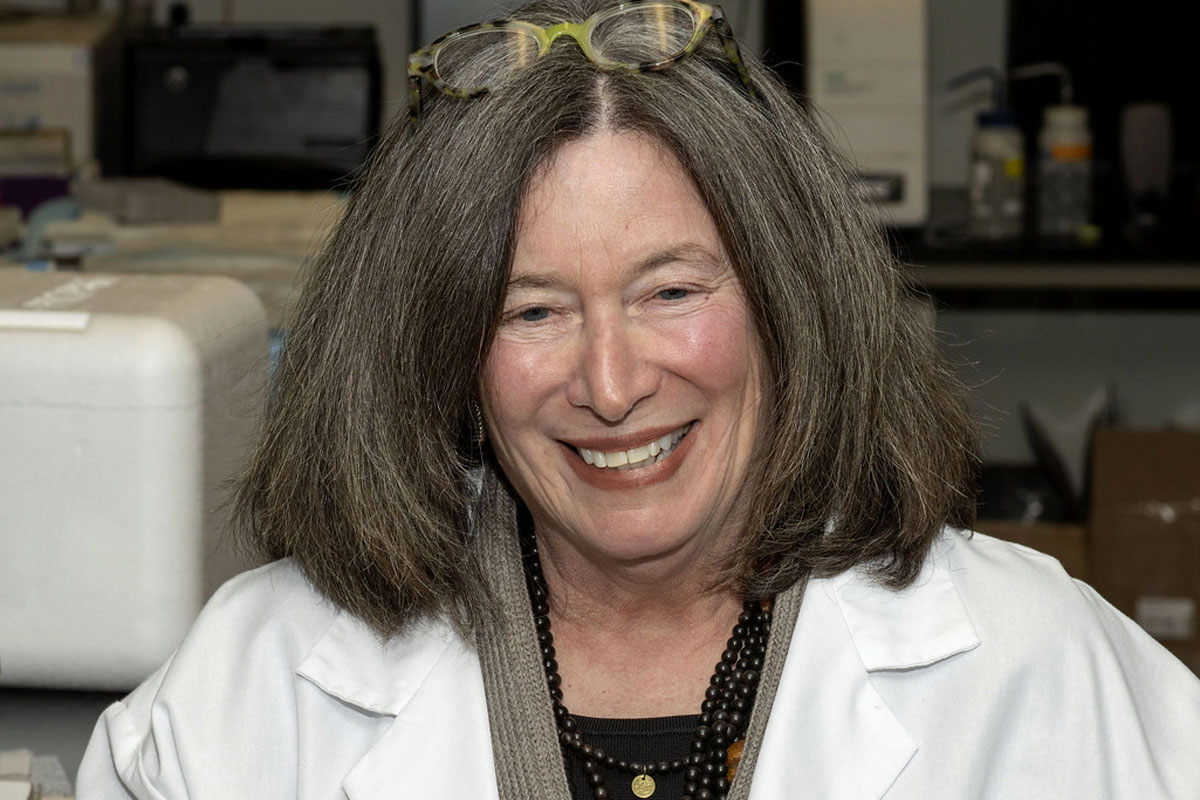Richmond Times-Dispatch, Feb. 15
Barbara D. Boyan Column
I write this on behalf of the deans of the following engineering schools in Virginia: Christopher Newport University, George Mason University, Hampton University, James Madison University, Liberty University, Norfolk State University, Old Dominion University, Sweet Briar College, the University of Virginia, Virginia Military Institute, Virginia State University and Virginia Tech.
Most of us will never forget 2020. Many wish its difficulties had not happened. But we don’t get to choose the challenges we face. We only know we must face them squarely, with strength, resolve and compassion.
We are seasoned and experienced. A line in the refrain of “Anthem,” a song by Leonard Cohen, resonates now as we look back on the year that felt like a decade.
“There’s a crack in everything. That’s how the light gets in.”
This year has inflicted bruises on our collective health, economy and spirit. As engineers, we see the wounds clearly. We are trained to seek out damage and weak spots — those that currently exist, and those that may form in the future.
Yet as we survey the wounds and the cracks, we also see the light of possibility.
From the early reports of a deadly new coronavirus, to the current challenge of emergency vaccine delivery, Virginia’s innovators have mustered the best of themselves to light a path through a dark and uncertain time. For reasons none of us wanted, we witnessed a spirit of common cause that has reminded us why we became engineers and why we are committed to educating engineers to meet the challenges we are bound to face in the future.
Think back to last spring, when hospitals were desperate to ascertain how many in their area had the disease or were likely to get it. Virginia is home to some of the country’s best computer scientists. When the need arose, universities, hospitals and the government worked together to build predictive data models that are still helping us respond to changes in infection rates.
Across the state, engineers and scientists are deploying computers like armies, with new technologies that can hunt down key components of the virus molecule, monitor the effects of promising medications and verify the efficacy of best practices like social distancing.
What about the tangible world of devices and inventions? This is a classic domain of the engineer, and Virginia’s inventors have worked shoulder-to-shoulder to ensure personal protective equipment stays in supply.
They have developed fibers for “super masks” that can change color when contaminated — or even capture and kill pathogens on contact. To protect our spaces, they are creating next-generation antimicrobial surfaces, coatings and air filters.
And in scenes that recall the united front with which we fought the second world war, labs and makerspaces throughout Virginia sprang into action, producing face shields to give first-responders an added layer of protection as they do their heroic work.
They have used computational tools to develop easier-to-assemble medical machines such as ventilators that can be built in clinical settings, using readily available, off-the-shelf parts and open-source, 3D-printed components.
Now, the world watches as we vaccinate millions. Here, too, Virginia’s innovation community has stepped forward to meet this need.
The ability to produce medications on a grand scale, here at home, is central to the country’s health and security. With that in mind, engineering scholars are working alongside industry and government agencies to ensure we can manufacture critical medications in the U.S.
It is popular to condemn this past year wholesale. But the hardest challenges bring out the best of the human spirit. That's when engineers shine the brightest.
It will take a long time to process 2020. As we do, let’s also remember a time when Virginia’s researchers and innovators united their efforts to create good for humankind. Something beyond publications and funding targets. Something that, in fact, was often nearly anonymous, and quietly advanced the cause of human health.
Was that the key all along? Perhaps. To borrow a phrase from Ralph Waldo Emerson, “There is no limit to what can be accomplished if it doesn’t matter who gets the credit.”
This year took so much from all of us. One thing it restored was a renewed commitment to what drew us to our avocations in the first place: the desire to solve problems and create something beneficial that makes life better for everyone.
To us, that looks like a light in a weary world.
Reprinted with permission from the Richmond Times-Dispatch.
